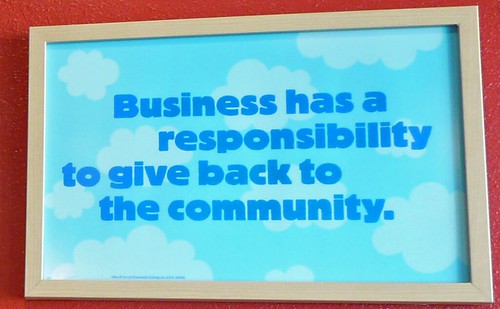We here at GreenMonk spoke to Robert Francisco, President North America of FirstCarbon Solutions, last week. FirstCarbon solutions is an environmental sustainability company and the exclusive scoring partner of CDP‘s (formerly the Carbon Disclosure Project), supply chain program.
Robert pointed out on the call that there is a seed change happening and that interest in disclosure is on the rise. He noted that carbon scores are now not only showing up at board level, but are also being reported to insurance companies, and are appearing on Bloomberg and Google Finance. He put this down to a shift away from the traditional regulation led reporting, to a situation now where organisations are responding to pressure from investors, as well as a requirement to manage shareholder risk.
In other words the drivers for sustainability reporting now are the insurance companies, and Wall Street. Organisations are realising that buildings collapsing in Bangladesh can have an adverse effect on their brand, and ultimately their bottom line.
So transparency in business is the new black.
Unfortunately, not everyone has received the memo.
We’re written previously about this lack of transparency, even ranking some cloud computing providers, and the supply chain risk as a result of that lack of reporting. Amazon and SoftLayer being two prime examples of cloud computing platforms that fail to report on their emissions.
However, SoftLayer was purchased by IBM in 2013, and IBM has a reasonably good record on corporate reporting (although, as of July 2014, it has yet to publish its 2013 Corporate Responsibility report). Hopefully this means that SoftLayer will soon start publishing its energy and emissions data.
Amazon, on the other hand, has no history of any kind of environmental energy or emissions reporting. That lack of transparency has to be a concern for its investors, a risk for for its shareholders, and a worry for its customers who don’t know what is in their supply chain.
Image credit Roger









